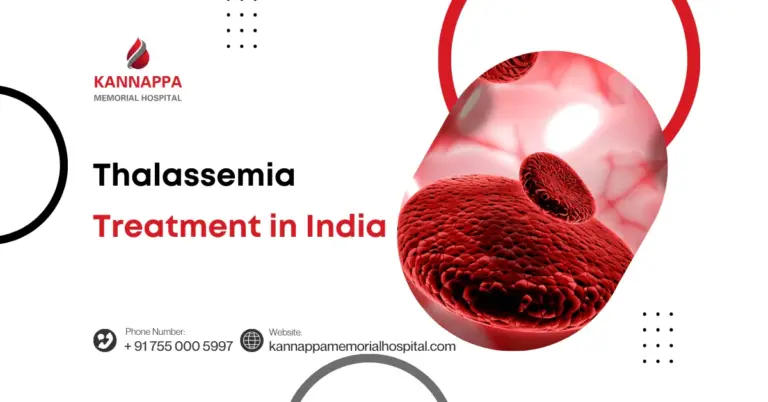Getting diagnosed with sickle cell anemia disease can feel heavy and that’s okay. It’s normal to worry about what comes next. But here’s the truth: with today’s advanced sickle cell anemia treatment, people are living stronger, healthier, and longer than ever before.
This guide breaks down everything you need to know about what sickle cell anemia is, its symptoms, causes, complications, diagnosis, prevention, and how modern medicine is helping people live their best lives with it.
What is Sickle Cell Anemia?
Sickle cell anemia is a genetic blood disorder that changes the shape of your red blood cells. Normally, red blood cells are soft and round, perfect for moving oxygen throughout your body. In this condition, they become stiff and shaped like a crescent or “sickle.” These misshapen cells can get stuck in small blood vessels, slowing oxygen flow and causing pain or fatigue. But with consistent sickle cell anemia treatment, you can manage symptoms and avoid most complications.
Sickle Cell Anemia Symptoms
Spotting symptoms early helps doctors start the right care plan. Common signs of sickle cell anemia disease include:
- Constant tiredness or low energy
- Sudden pain episodes (called “crises”)
- Swollen hands and feet
- Pale skin or yellowish eyes (jaundice)
- Frequent infections
- Delayed growth or puberty
- Blurred or weak vision
Modern sickle cell anemia symptoms and treatment programs aim to reduce these episodes and help you live comfortably.
Sickle Cell Anemia Causes
Sickle cell anemia happens because of a change (mutation) in the gene that makes hemoglobin the protein that carries oxygen in red blood cells. If both parents carry this altered gene, their child can inherit the condition.
Understanding sickle cell anemia causes and treatment helps families prepare early, take preventive steps, and get care before serious symptoms appear. Genetic testing and counseling also play a huge role in early awareness and planning.
What are the Complications of This Condition?
Without proper care, sickle cell anemia disease can lead to a few serious complications but don’t worry, most are preventable. Common complications include:
- Pain crises from blocked blood flow
- Increased infection risk due to a weakened spleen
- Organ damage (especially the spleen, liver, or kidneys)
- Stroke or breathing problems
- Slow growth or puberty delays
The key is regular checkups and timely sickle cell anemia treatment, which can stop most of these issues before they start.
How is Sickle Cell Anemia Diagnosed?
Doctors usually diagnose sickle cell anemia through a simple blood test that checks for the abnormal hemoglobin gene. Many countries screen newborns for this at birth, allowing early care.
If not detected at birth, doctors can test older children or adults with symptoms like fatigue or recurring pain. Early diagnosis means early sickle cell anemia treatment, giving you a huge head start in managing the condition.
How is Sickle Cell Anemia Treated?
The main goal of sickle cell anemia treatment is to control symptoms, prevent crises, and protect organs. Treatment plans are personalized for each person and may include:
- Hydroxyurea: A medication that helps prevent pain episodes and anemia.
- Blood transfusions: Used to boost healthy red blood cells and reduce stroke risk.
- Bone marrow or stem cell transplant: The only potential cure, recommended in severe cases.
- Pain management: Medications, hydration, and rest during crises.
- Vaccines and antibiotics: To prevent infections that could trigger symptoms.
- Folic acid supplements: To support new red blood cell production.
Thanks to breakthroughs in sickle cell anemia treatment, people can now live long, active, and full lives while managing their condition.
Prevention of Sickle Cell Anemia
While the condition itself can’t always be prevented, you can reduce its impact through awareness and early action.
Couples with a family history can benefit from genetic counseling to understand their risks. Regular checkups, a balanced diet, hydration, and staying away from extreme temperatures also make a huge difference.
Understanding sickle cell anemia causes and treatment early empowers you to make smart health choices and keep symptoms under control.
Results
Here’s the bottom line: with the right sickle cell anemia treatment, life doesn’t stop, it just changes pace. Advances in healthcare mean longer lifespans, fewer crises, and better quality of life for those living with sickle cell anemia disease. By staying consistent with your care plan, focusing on wellness, and surrounding yourself with support, you can take charge of your health.
Read also: Causes of Hemolytic Jaundice











